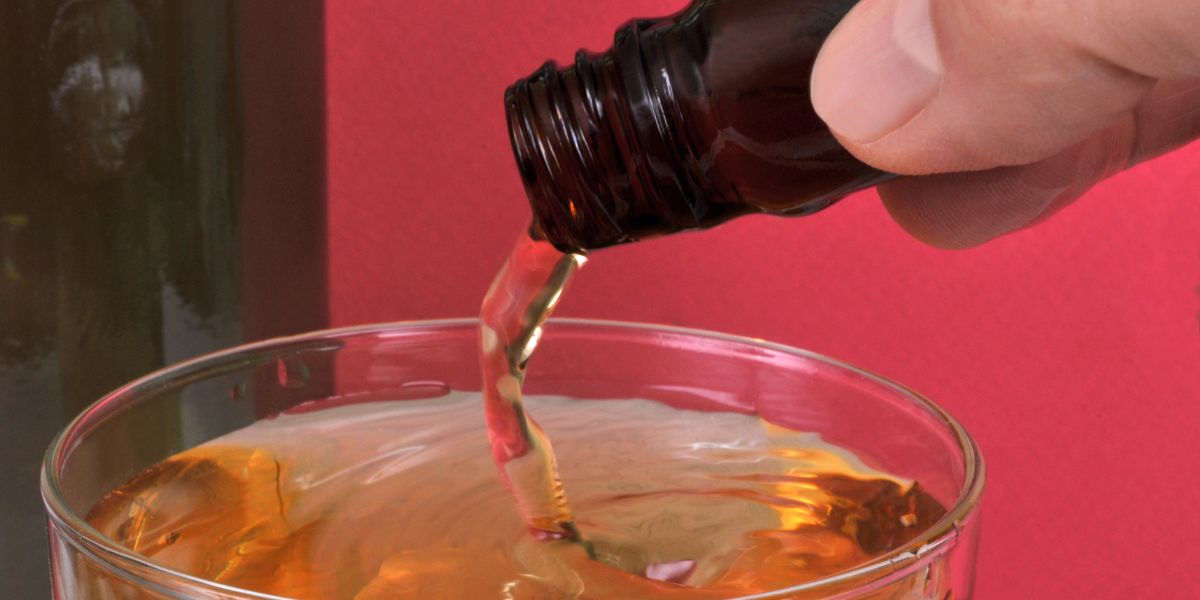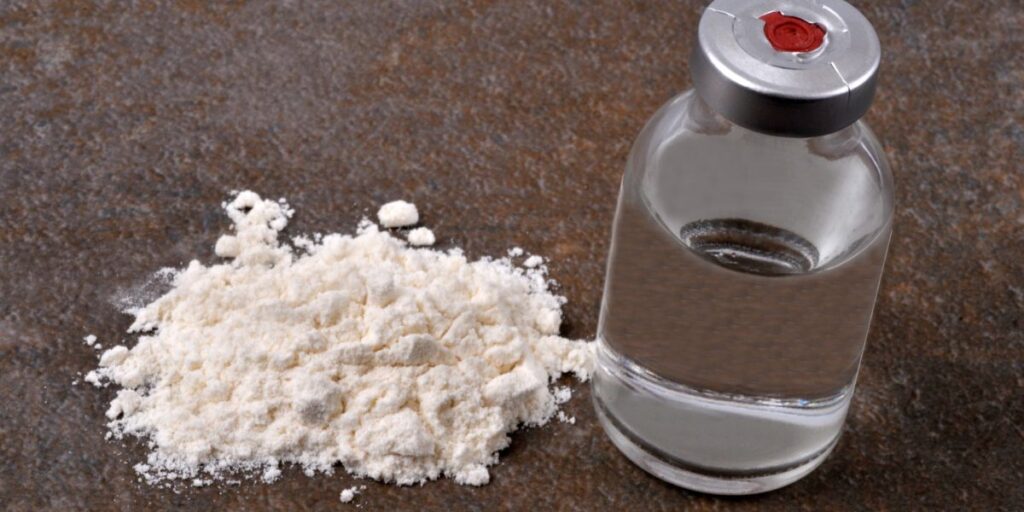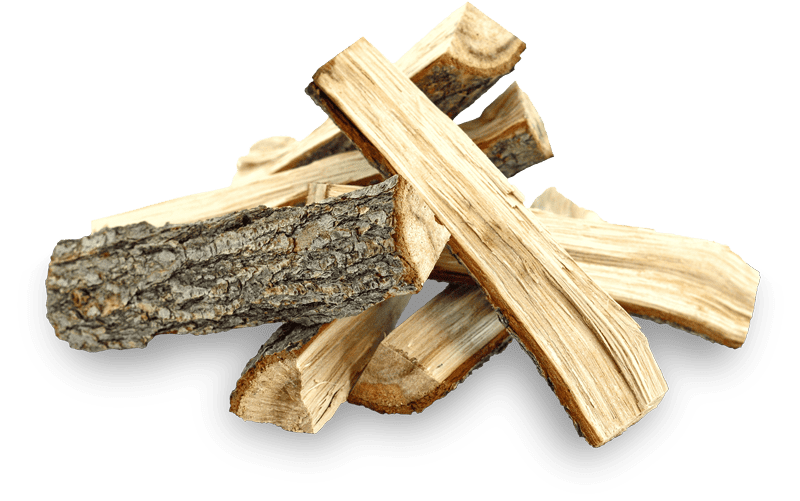GHB Drug Effects and Dangers


Medical Writer:
Reviewer:

Johnny Kim
Executive Psychotherapist
Medical Writer:
Reviewer:

Johnny Kim
Executive Psychotherapist
GHB, also known as gamma-hydroxybutyrate acid, is commonly referred to as a date rape drug. However, it is also popular for its calming and euphoric effects when taken in small doses.
GHB is popular among young adults who use drugs at clubs. The drug is effective in small amounts and has less severe hangover effects than alcohol.
Table of Contents
ToggleIn the medical realm, doctors use gamma-hydroxybutyrate acid in a strictly regulated medication to treat narcolepsy, a sleep disorder.
GHB is a central nervous system depressant. The drug is available in forms such as a clear, flavorless liquid or white powder. Users typically ingest it directly or incorporate it into beverages. People sometimes add ecstasy liquid to an alcoholic beverage to spike it because GHB is an undetectable liquid.
People who mix GHB with alcohol or other drugs may not realize they are dependent on it. This is a growing worry because of its addictive properties.
GHB Drug
GHB, or gamma-hydroxybutyrate acid, has gained FDA approval in its sodium salt form, sodium oxybate, for inclusion in prescription drugs like Xyrem, targeting the sleep disorder narcolepsy. Patients within the United States must enroll in a restricted program to access these medications, which are stringently controlled.
People seek GHB in the clubbing scene for its sedative effects. It’s known as a date rape drug because it’s colorless and odorless, making people vulnerable and forgetful. This makes it easy for predators to use it for harm.
GHB is a depressant that is naturally produced in small amounts in the human body. It helps with neural signal transmission in the central nervous system.
Researchers tested GHB as an anesthetic in the 1960s. However, it stopped because it didn’t work well for pain and had serious side effects. These side effects included seizures, comas, and deaths.
Researchers conducted medical trials using GHB to address schizophrenia during the 1980s, but these efforts proved fruitless.
Afterward, bodybuilders started using GHB because they thought it could help with growth hormone production and muscle development. As a result, the FDA banned its over-the-counter sale in 1990.
Because of the drug’s legal accessibility, home synthesis of GHB often involves substituting gamma-butyrolactone (GBL) or 1,4-butanediol (BD).
When you consume these chemicals, your body turns them into GHBs. Industrial solvents often contain these chemicals, which people use for cleaning, thinning paint, and removing nail polish. Manufacturers use them to coat various materials.

What Is GHB?
In the scientific world, GHB is known as gamma-hydroxybutyrate, a drug popular in clubs and raves.
Those who consume the drug deliberately seek its tranquilizing and blissful effects, with some likening the experience to alcohol’s buzz minus the subsequent hangover.
The drug’s nearly undetectable nature has led to its notorious use in sexual assaults against unsuspecting victims.
People under the influence of GHB typically exhibit signs of severe intoxication. They are physically unable to fend off attacks, with many retaining scant or no recollection of events after taking the drug.
GHB is mostly in liquid form, clear, odorless, and tasteless. It can also be in tablets or as a white powder.
This compound depresses the central nervous system, diminishing the brain’s communication rate with the body.
Mixing GHB with alcohol or sedatives can make it stronger, increasing the chance of dangerous situations like comas or death.
Street Names
GHB is well-known in the electronic music scene as a club drug and as a date rape drug because of its illicit nature, leading to the everyday use of code names and slang when referring to it.
Frequent street names for GHB include:
- Liquid ecstasy, liquid X
- Liquid E
- Salty water
- Vita G
- Vitamin G
- Grievous bodily harm (GBH)
- Georgia homeboy
- G
- Gina
- Scoop
- Soap
- Sleep 500
- Fantasy
- Liquid fantasy
- Easy lay
GHB Effects
The effects of GHB manifest rapidly, within 15 to 20 minutes post-ingestion, and persist for approximately three to four hours.
Similar to other drugs, the impact of GHB varies among individuals, influenced by factors such as the drug’s batch composition, dosage, concurrent substance use, and the individual’s physiological characteristics and tolerance levels.
The effects of GHB include but are not limited to the following:
- Euphoria
- Enhanced sensitivity to touch
- Boosted libido
- Reduced inhibitions
- Drowsiness
- Sedative impact
- Daytime sleepiness
- Loss of consciousness
- Nausea and vomiting
- Slowed heart rate
- Reduced respiratory rate
- Confusion
- Memory impairment
- Hallucinations
Side Effects
Since many individuals either fail to measure their GHB dosage or are unaware they have been administered the drug, recognizing the side effects is crucial.
Frequent voluntary consumption of GHB heightens the likelihood of experiencing adverse side effects and complications, including those arising from drug misuse and interactions, even at low dosages.
GHB has various side effects, including:
- Headache
- Sweating
- Vomiting
- Confusion
- Slurred speech
- Stomach pain
- Diarrhea
- Irritability
- Hallucinations
- Memory impairment
- Lack of coordination
- Loss of consciousness
- Hypotension
- Muscle spasms
- Anxiety-induced tremors
- Incontinence
- Seizures
- Respiratory depression
- Bradycardia
- Unconsciousness
- Coma
- Fatal outcome
- GHB can cause you to lose coordination and suddenly pass out. This can raise the risk of getting injured or being attacked by someone else.
GHB Dangers
The National Institute on Drug Abuse (NIDA) notes a rise in drug-related sexual assaults, particularly those involving GHB.
Perpetrators use the drug because they can add it to drinks without victims noticing. This makes victims vulnerable to physical and mental harm.
Moreover, GHB’s ability to impair memory formation means many victims have incomplete recollections of their experiences. The Drug Enforcement Agency (DEA) clarifies that the term “date rape” can be misleading, as many drug-facilitated assaults are not related to dating contexts.
Victims may wait to tell anyone about being drugged or feeling guilty about what happened. They might not report it at all.
Rapidly metabolized and eliminated, GHB leaves little trace, complicating detection for many healthcare providers. The scarcity of GHB-specific tests in emergency settings further complicates the identification of such assaults.
If you suspect someone is using GHB, it is crucial to act promptly. GHB can cause overdose, coma, and death when taken in large doses or combined with other substances.

Withdrawal Symptoms
Long-term GHB use can form mental and physical dependencies, causing withdrawal symptoms when stopping its use.
Remarkably, withdrawal can occur even after a single high dose or minor amounts consumed over a few hours.
The withdrawal experience varies among individuals and is influenced by the addiction’s severity and various physical factors.
Symptoms of withdrawal can begin anywhere from 6 to 72 hours following the last dose and may persist for up to 15 days.
GHB withdrawal symptoms vary in severity from discomfort to potentially fatal and may include:
- Elevated heart rate
- Confusion
- Anxiety and panic attacks
- Hallucinations
- Tremors
- Vomiting
- Delirium
- Insomnia
- Paranoia
- Kidney failure
- Cardiac arrest
- Respiratory depression
- Seizures
- Coma and death
- You must consult a healthcare professional before stopping any regularly used substance. Specific people may need medically supervised detox to withdraw safely.
Drug Addiction Treatment at White Oak Recovery Center
GHB poses significant risks, and while addiction from a single use is rare, continuous consumption can result in dependency.
For those needing help with GHB abuse and drug addiction, contact White Oak Recovery Center (WORC) for guidance on beginning the journey to wellness.
Overcoming addiction is most effectively achieved through inpatient treatment programs grounded in scientific evidence.
WORC provides medically supervised detox, facilitating a secure, comfortable, and assured transition through the initial, most challenging phase of recovery.
Our inpatient facility offers personalized therapy sessions. These sessions include dual diagnosis and medication-assisted treatment. They aim to address trauma and promote overall healing.
Our therapy and groups help you realize you’re not alone, giving you skills for lifelong recovery.
Contact us today to connect with our knowledgeable treatment specialists, ready to address any inquiries or concerns.

Am I covered for addiction treatment?
Your insurance may cover treatment. Call now for an entirely free and confidential assessment. Recovery starts with a phone call.

- “Gamma-hydroxybutyrate (GHB)” National Institute on Drug Abuse (NIDA), Feb. 2023.
- “Drug-Facilitated Sexual Assault.” Drug Enforcement Administration (DEA), Apr. 2017.
- Barker, Judith C., et al., “Experiences of Gamma Hydroxybutyrate (GHB) Ingestion: A Focus Group Study.” J Psychoactive Drugs, Jun. 2007.
- Kapoor, Prakhar, et al., “GHB Acid: A rage or Reprive.” Journal of Advanced Pharmaceutical Technology and Research, Dec. 2013.
- Busardo, Francesco, et al., “GHB Pharmacology and Toxicology: Acute Intoxication, Concentrations in Blood and Urine in Forensic Cases and Treatment of the Withdrawal Syndrome.” Current Neuropharmacology, Jan. 2015.
Medical Disclaimer:







